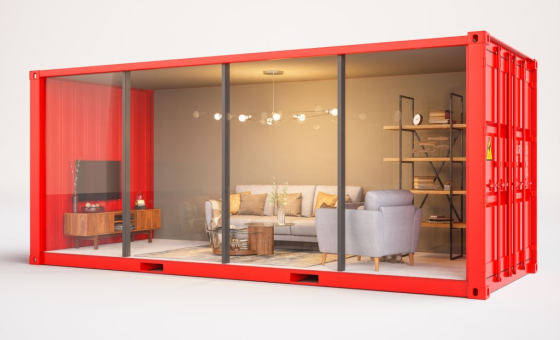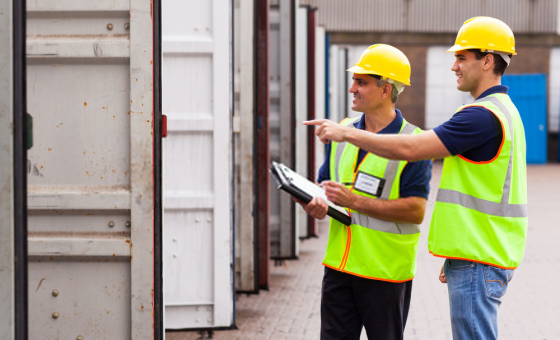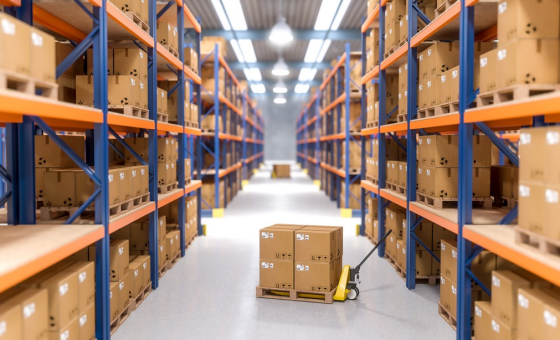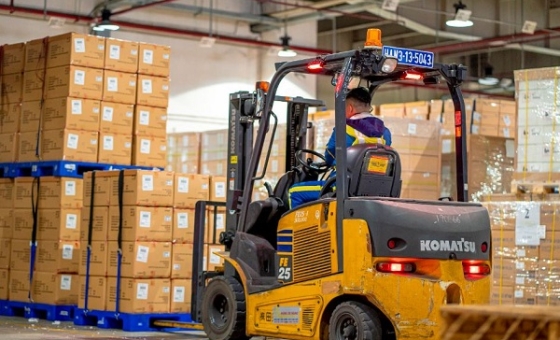Today, shipping goods by sea is the most popular method because of its low cost and large cargo capacity. Ocean shipping accounts for about 90% of trade volume and plays a very important role in connecting global import and export trade. Depending on each transport function and different needs, use a specific type of vessel suitable for transporting goods.
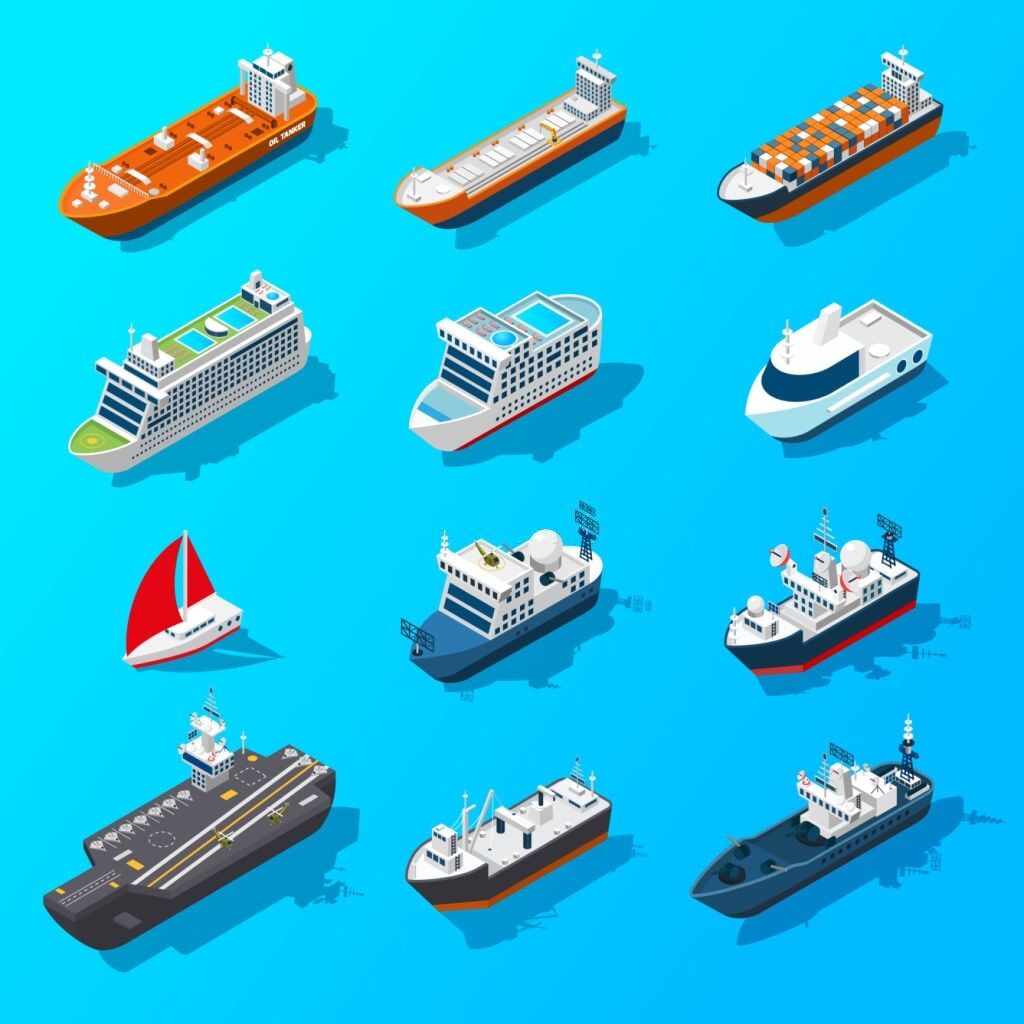
1. Container Ship
Container ship is a means of sea transport with a special structure completely different from other conventional cargo ships. This type of ship has a very large tonnage of 1,000 to 5,000 TEUs to be able to hold a large volume of goods loaded in different types of containers.
Currently, these container ships carry up to 90% of the world's commercial cargo (according to Marine Insight). Fast moving speed (over 26 knots). In particular, they do not have on-board cranes, but use gantry cranes on the shore of port systems.
A remarkable feature of this type of ship is that they have a cargo hold bottom area equal to or larger than the area of the hatch mouth, and there are ballast water tanks on both sides of the ship to create balance when loading containers into a container. many rows, many floors.

2. Refrigerated cargo ship (Reefer Ship)
This type of ship is usually equipped with a refrigeration system and is used to transport perishable goods that need to be stored at frozen temperature such as: fruits, vegetables, meat, fish... Basically, ships has a structure like an ordinary general cargo ship, the transportation speed is relatively large.
The cargo hold cooling is carried out by bringing cold air with the appropriate temperature for each type of cargo into the cargo hold. The cargo hatch cover is usually small in size, while the cargo hold is insulated with aluminum or alloy walls to maintain the desired temperature. Refrigerated Ships (Refrigerated Ships) are also called “Refrigerated Ships”.

3. General Cargo Vessels
Mainly used to transport all kinds of goods, packed in boxes or arranged separately at fixed places (machinery, industrial equipment, metal sheets, ...). Besides, each train can receive about 10-15 containers for transportation. Containers are mostly neatly stacked on the deck. This type of ship also has some equipment for loading and unloading containers.

4. Bulk Carrier
Bulk carriers usually have a very large operating capacity in transporting goods. They can transport bulk cargo such as coal, iron ore, grain, sulfur, scrap, not packed or baled and are stored directly by the ship's waterproof cargo compartments. .
On the other hand, this type of ship usually has a deck with a solid structure, with side tanks and hanging tanks on both sides of the cargo hold to create ventilation and easy to adjust the ship's center of gravity when necessary. The ship has a spacious hatch to facilitate loading and unloading. The cargo hold is reinforced firmly to withstand the impact of goods and equipment when handling goods.

5. Roro Ship
Roro stands for the English phrase Roll on/Roll of. This type of train is designed to transport wheeled goods such as cars, trailers, train wagons... With bridges usually equipped at the stern and side of the train, the goods are self-propelled vehicles. can go up and down easily.
The characteristic feature of the Roro type is that the ship has a massive block shape, the superstructure runs throughout, sealing both the length and the width of the ship.
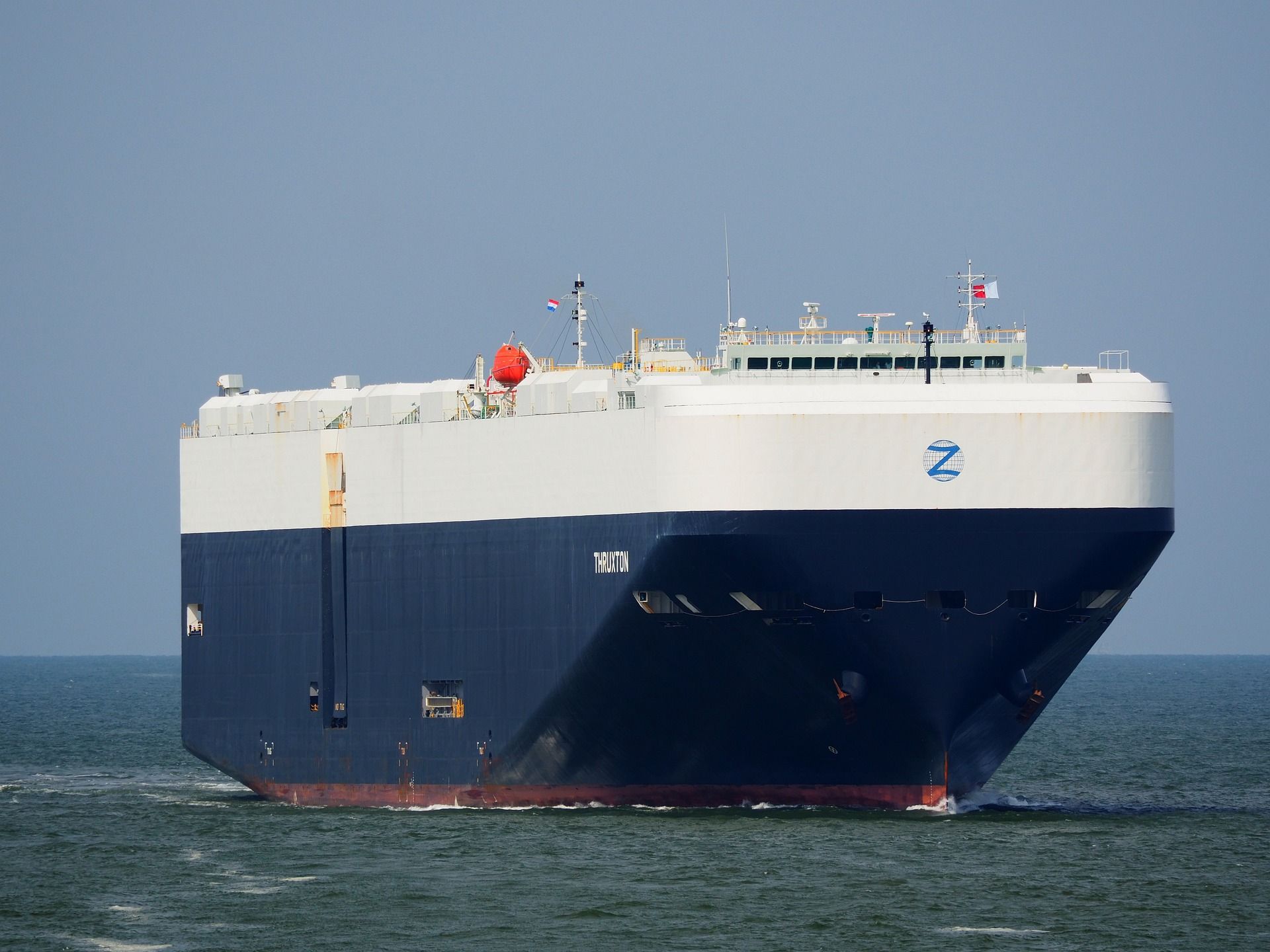
6. Liquid carrier (tanker)
This is a type of vessel designed to transport cargo in liquid form, typically crude oil tankers (Crude Oil Tankers), chemical tankers (Chemical Tankers), liquefied petroleum gas (LPG) tankers (Liquefied Petroleum). Gas Carriers), liquefied natural gas (LNG) tankers. There are also wine and water tankers…
The hull has a solid structure, divided into many separate compartments to store liquids. The pumping and suction of liquids is mainly done by a system of pumps and pipes mounted on the deck and in the storage compartment.

7. Logger
Used to transport all kinds of solid wood or sawn timber. When transporting, a large amount of wood is stacked on the deck, so the ship's side walls must ensure high strength, and at the same time, there must be specialized structures to keep the wooden blocks from moving during transportation. shipping process.

8. Lighter Aboard Ship
This is a transport system consisting of a large tonnage mother ship and barges with a tonnage of 500 - 1000 tons. Barges full of cargo or containers are towed from river ports to seaports to be loaded onto the mother ship. Loading barges onto ships can be by crane, hydraulic lifting system or floating method.
The mother ship carries those barges to the port of destination, the barges are unloaded and taken by tugs or pushers to inland ports for unloading or unloading at the seaport. Barge ships are very convenient and efficient for countries with developed river transport networks.

Shipping by sea is always the first choice for businesses that need to import and export goods in large quantities at low cost. Depending on each specific type of goods, businesses can hire ships to transport accordingly. Hopefully the above article can help you know how to distinguish the types of ships used in sea transportation today.
If your business needs to transport goods by sea and want to check freight rates, or need advice on customs procedures, please contact Global Maritime Services Co., Ltd. immediately for advice!
Source: https://camnangxnk-logistics.net/



